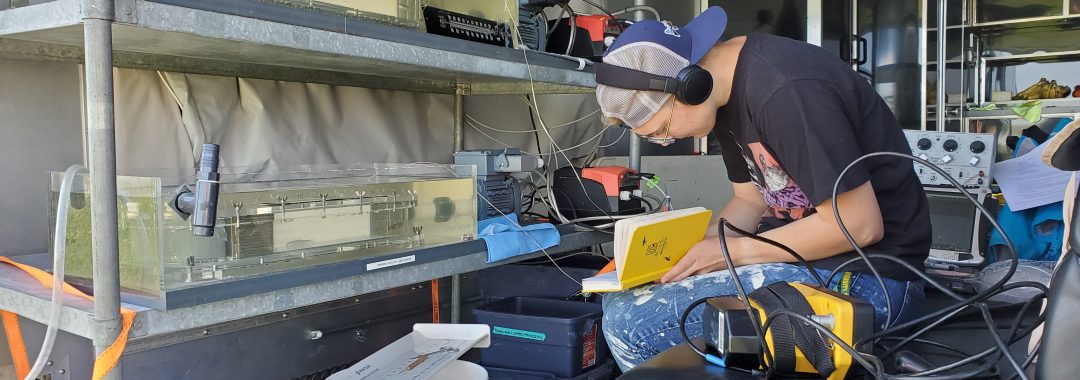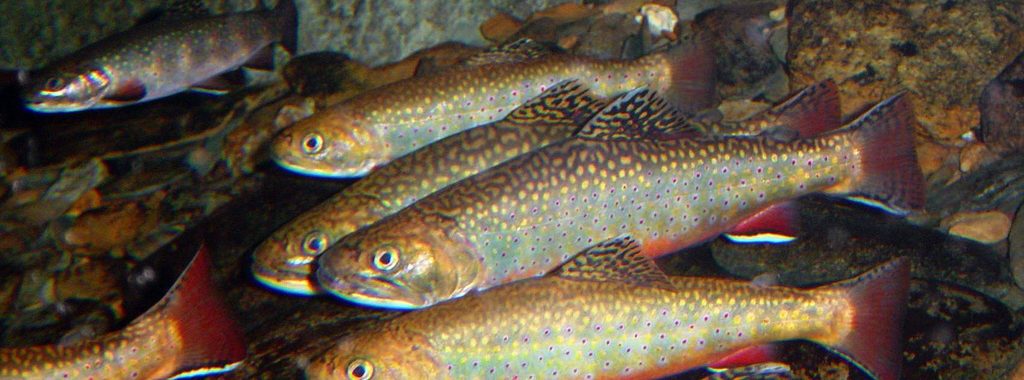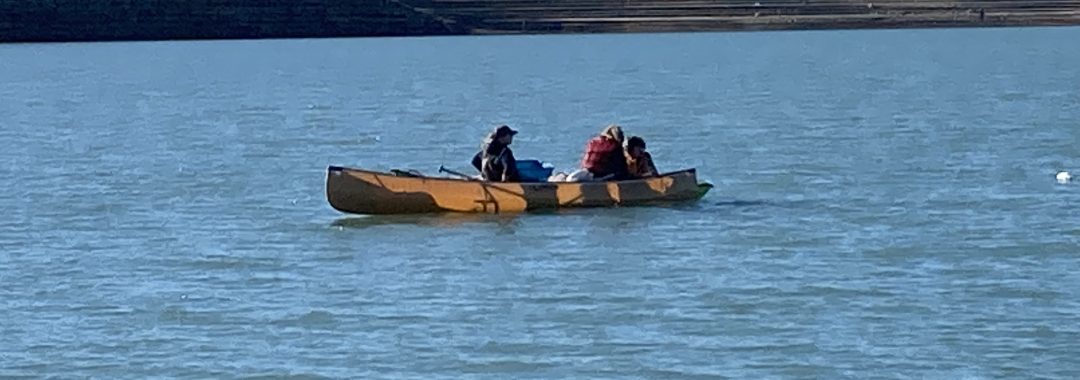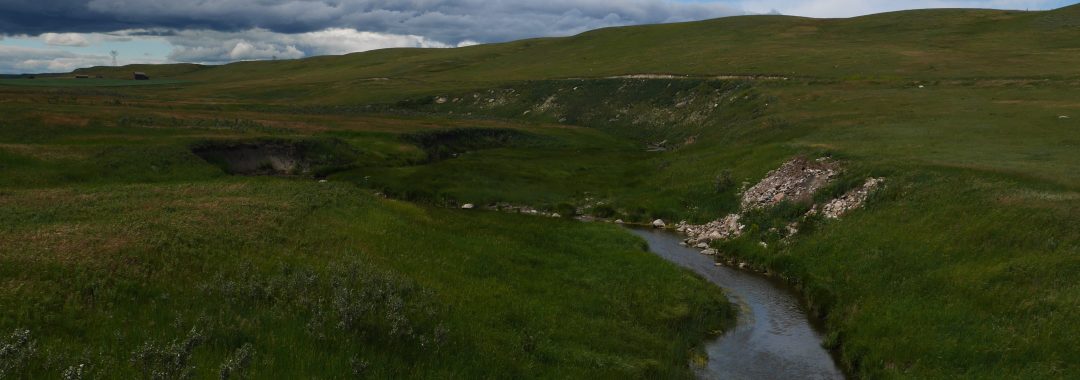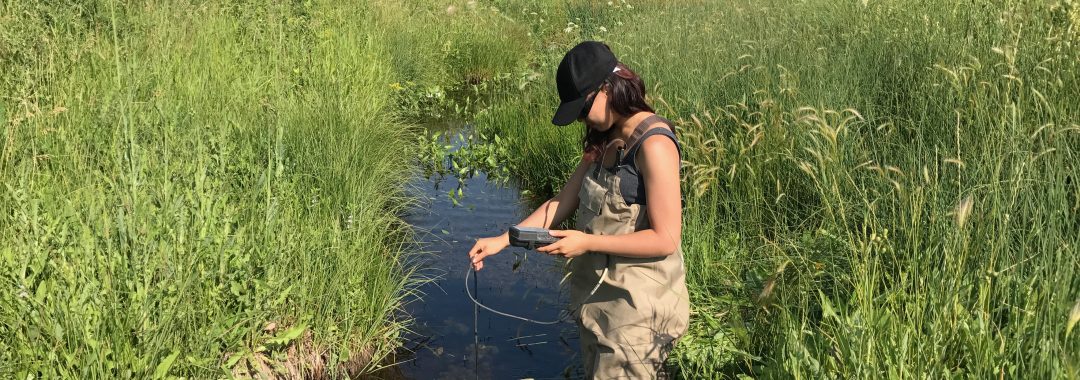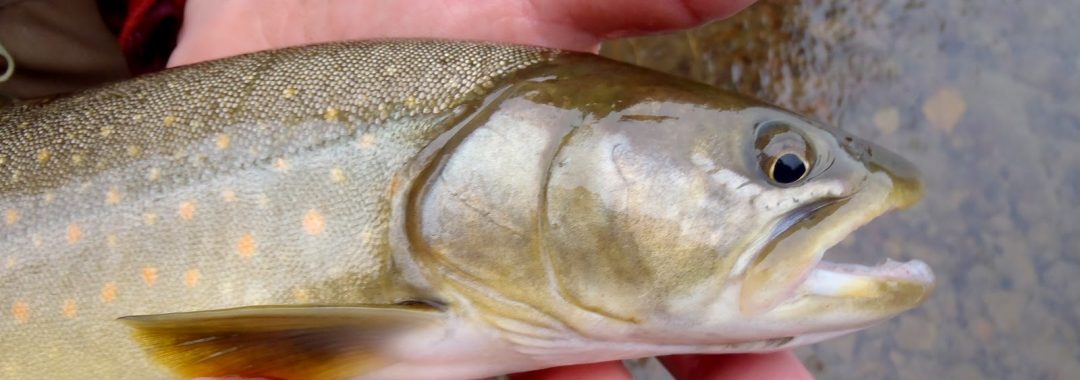Abstract:
The use of stable isotopes to study trophic interactions and food webs has become a common practice in ecology. Until recently, parasites were largely omitted from these analyses despite their known contribution to ecosystem complexity and function. Long-standing assumptions about the enrichment of δ15N in consumers relative to their resources occasionally placed parasites in trophic positions above their hosts. However, recent literature has shown that unlike consumers to prey, parasites do not reliably exhibit enrichment in δ15N. This is particularly true of helminth endoparasites in the class cestoda, which tend to be depleted in δ15N. We developed empirical estimates of nitrogen and carbon stable isotope ratios from a cestode parasite (Ligula intestinalis) across four fish hosts from two lakes in northern Alberta, Canada. We found that L. intestinalis were depleted in δ15N relative to their hosts across all host fish species, with mean nitrogen discrimination factors (Δ15N) ranging from -1.92 ± 0.24 ‰ to -2.91 ± 1.17 ‰. In contrast, δ 13C values did not differ significantly in any direction between hosts and their parasites. Mean carbon discrimination factors (Δ13C) ranged from -0.66 ± 2.69 ‰ to 0.04 ± 1.53 ‰. We also tested for relationships between proportional parasite biomass and discrimination factor (Δ15N & Δ13C), and found high variability in strength and direction of these correlations across species. The direction and magnitude of nitrogen discrimination we found for L. intestinalis is similar to that of previous cestode stable isotope studies and may indicate consistency across the class cestoda. However, class cestoda is incredibly diverse and relatively few studies have examined host-parasite
discrimination factors within the clade. We encourage additional research into host-parasite discrimination factors for the class cestoda, and across all parasite taxa. This could facilitate the inclusion of these widespread interactions into food web studies, thus improving our knowledge of trophic structure and dynamics.
Citation: Finn, K., Roberts, K.N. and M.S. Poesch (2022) Cestode parasites are depleted in 15N relative to their fish hosts in northern Alberta, Canada. Fisheries Research 248: 106193.
Also Read:
*Lab members: Karling Roberts, Mark Poesch. Check out opportunities in the lab!



